This Just In: Angel DeCora’s The Indians’ Book and Wigwam Stories
The inventive early-20th-century lettering of Ho-Chunk artist Hinook-Mahiwi-Kalinaka opens windows to the design of North American tribes.
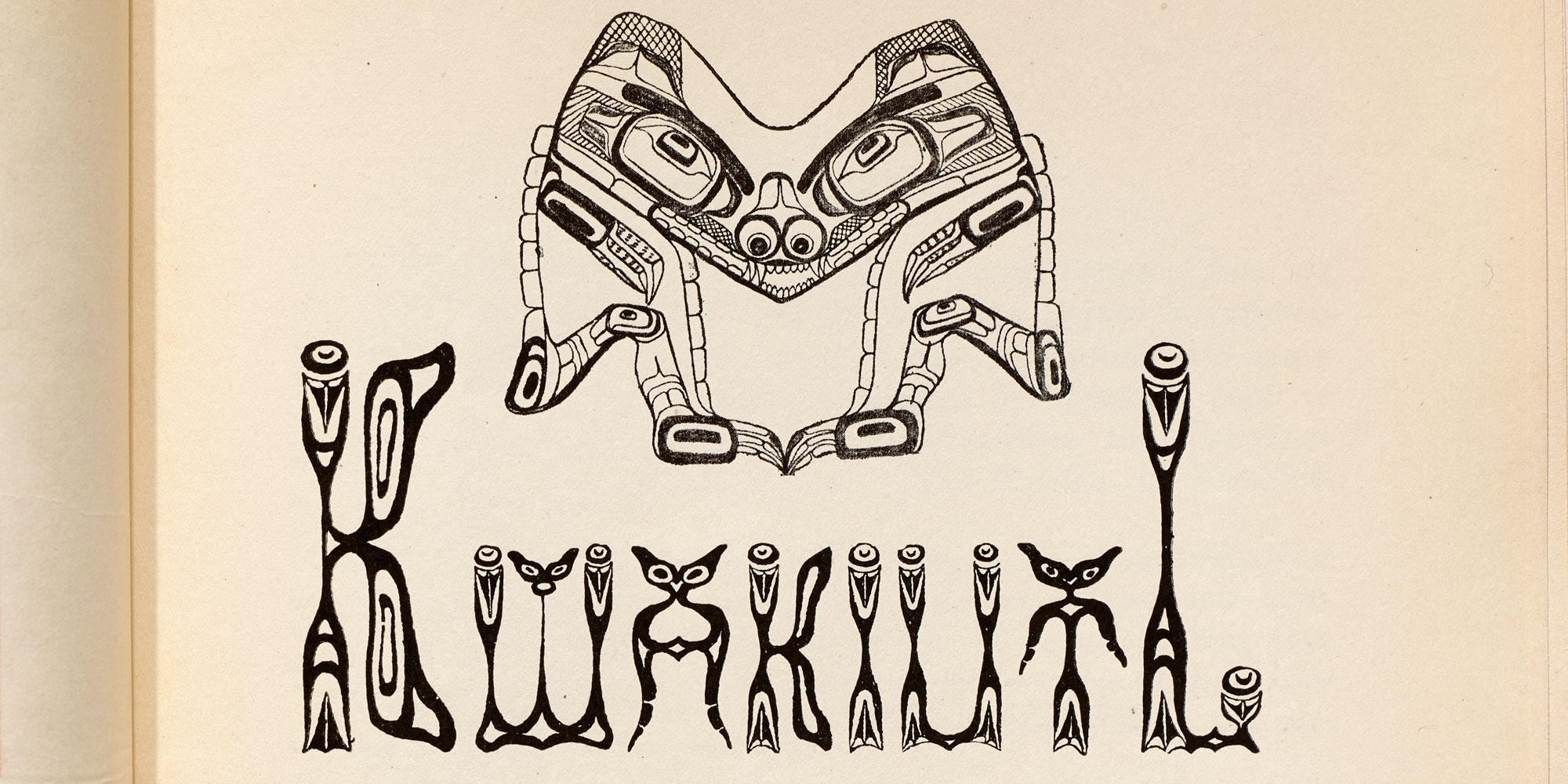
The inventive early-20th-century lettering of Ho-Chunk artist Hinook-Mahiwi-Kalinaka opens windows to the design of North American tribes.

New additions to the Online Archive let you reach back to a vibrant period of ornamentation and letterform expression.
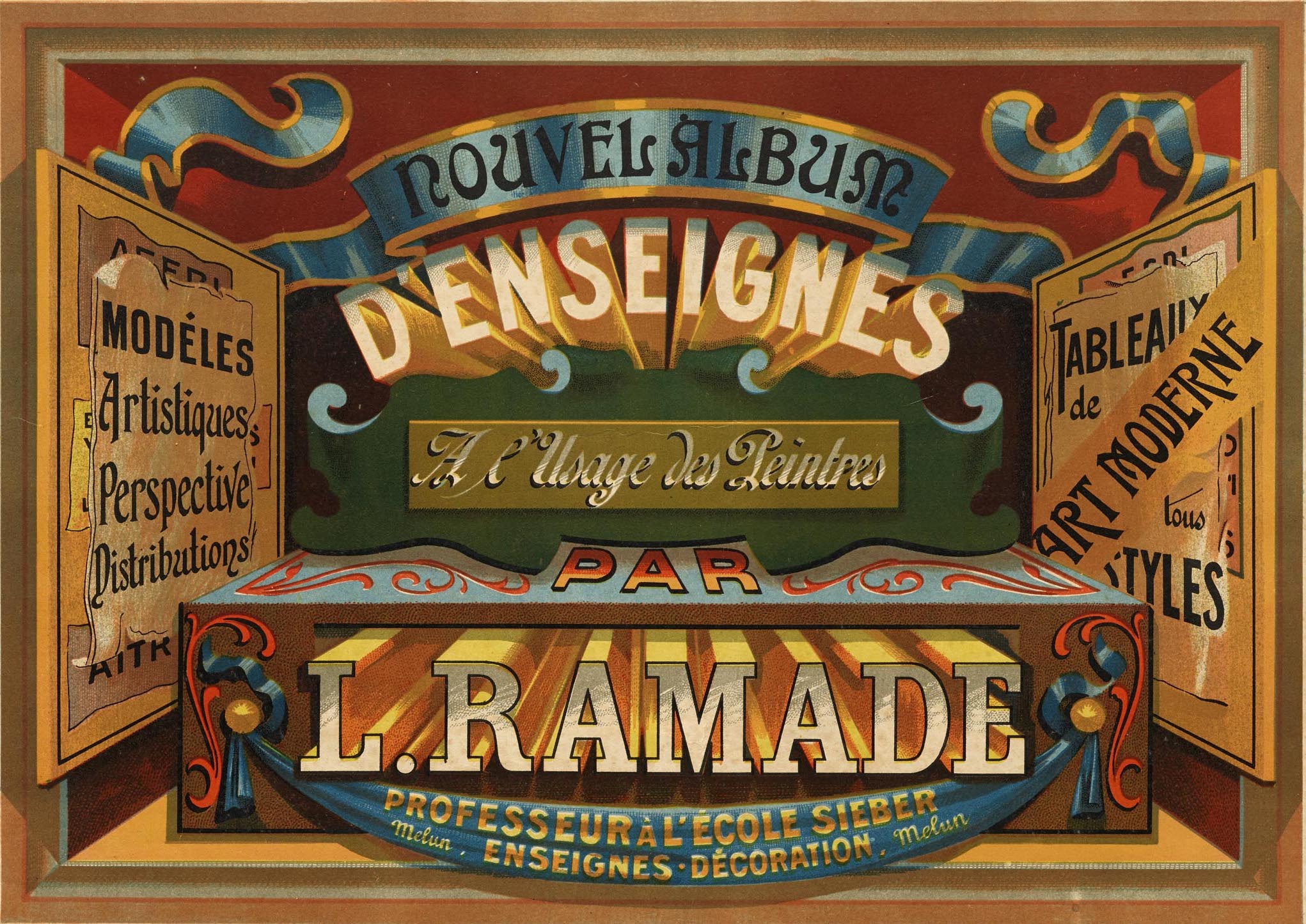
As the second industrial revolution hit its stride in the late 1800s and early 1900s, leaps in electrification, manufacturing, and transportation led to rapid changes in Western economies and societies. Advancements in paper making, printing, and typographic technologies followed suit, resulting in cheaper and more plentiful books, new forms of advertising to meet the demands of expanding commerce, and a burst of color and special effects that were previously impossible or too costly to produce. Meanwhile, as populations became vastly more urbanized, artists and printers waxed poetic about country life, incorporating the natural world into their work.
The latest batch of items in the Online Archive represents several dozen highlights from this era in our collection, including work by Will Bradley and Alphonse Mucha, sign painter portfolios from France, early type foundry ephemera, and a remarkable English catalog of wood type.
Florence Fu talks with Choi Sung Min about the history of Korean visual culture and our new collection of books, posters, and ephemera from over 25 studios.
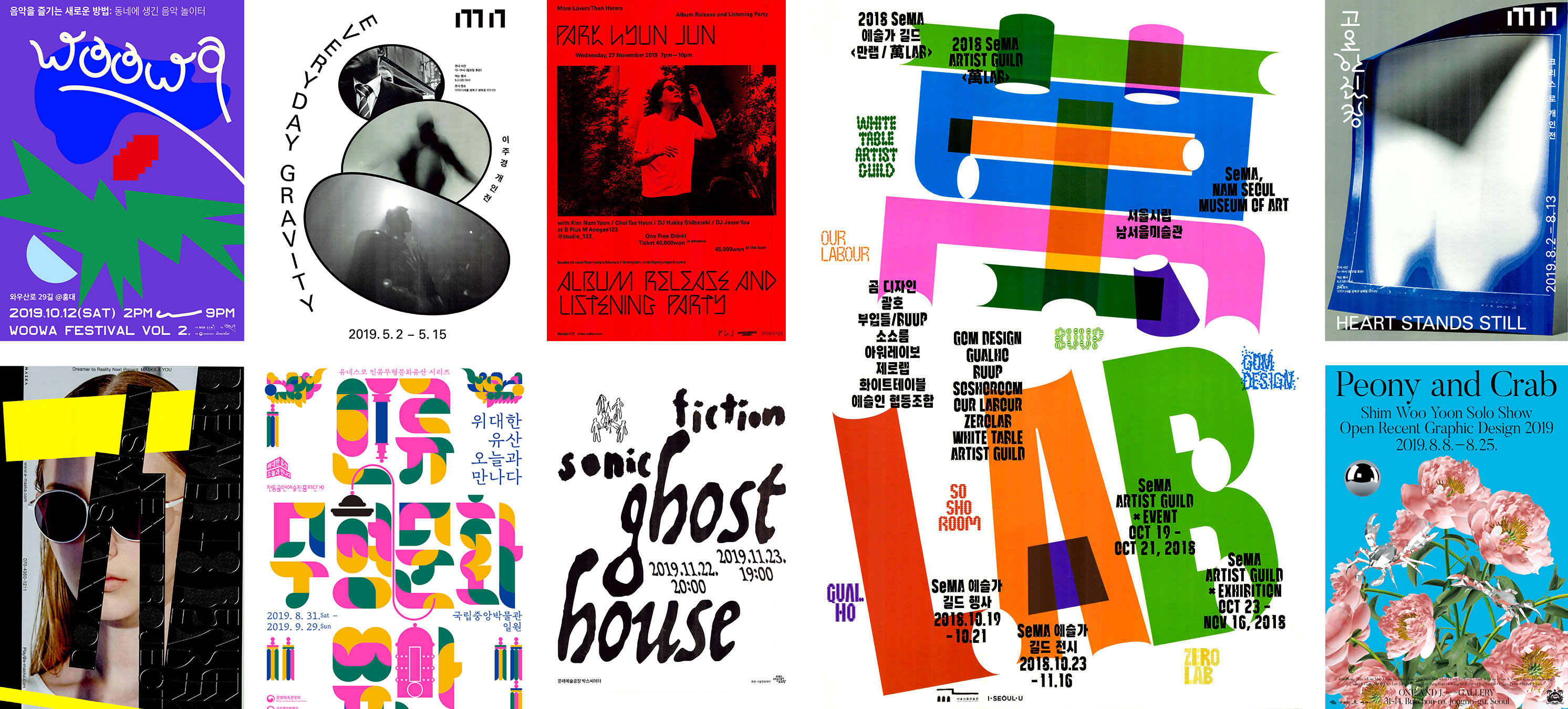
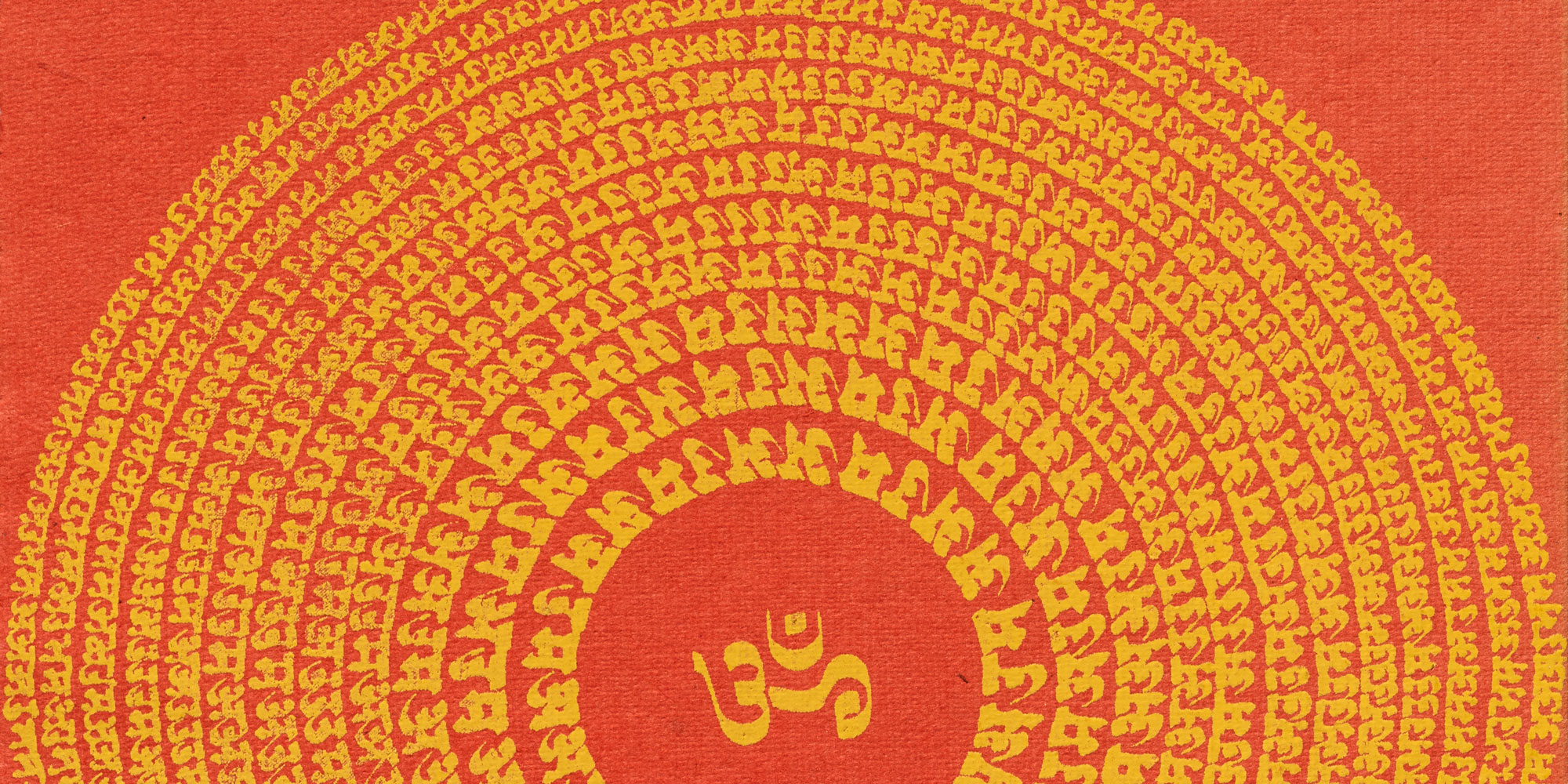
Among the 25 objects just added to the Online Archive are works representing various writing systems beyond Latin. The items are highlights from two events this spring: a master’s seminar in type history that we taught for California College of Arts, and a lecture, “A Brief Typographic Trip Around the World”, hosted by the Center for Book Arts in New York. In a time when a pandemic has hampered most of our summer travel, let our lifelike images take you on a virtual vacation to 18th-century Indonesia, 1920s Tokyo, or India through the ages.
-rooster-1919.jpg)
Judaism and designs of utopia have a long history together. Many Jews have dreamed of a perfect and socially just society, and created art that reflected this desire. Jews played integral roles in the Russian Revolution and in Bolshevik communism, as well as in building intentional communities around the world. Jewish artists expressed their utopian visions in a variety of ways, but many artists such as El Lissitzky and Natan Altman used painting, design, and the abstract shapes of constructivism to illustrate an upheaval of the old social systems and a radical transformation to something new. This coincided with the rise of communism in Eastern Europe, and with talk of protection of ethnic minorities after centuries of pogroms and discrimination.
The interaction between letters and bodies is a recurring theme in art and design history. Our newest team member, sair goetz, shares what they’ve discovered in the Archive’s collection and beyond.
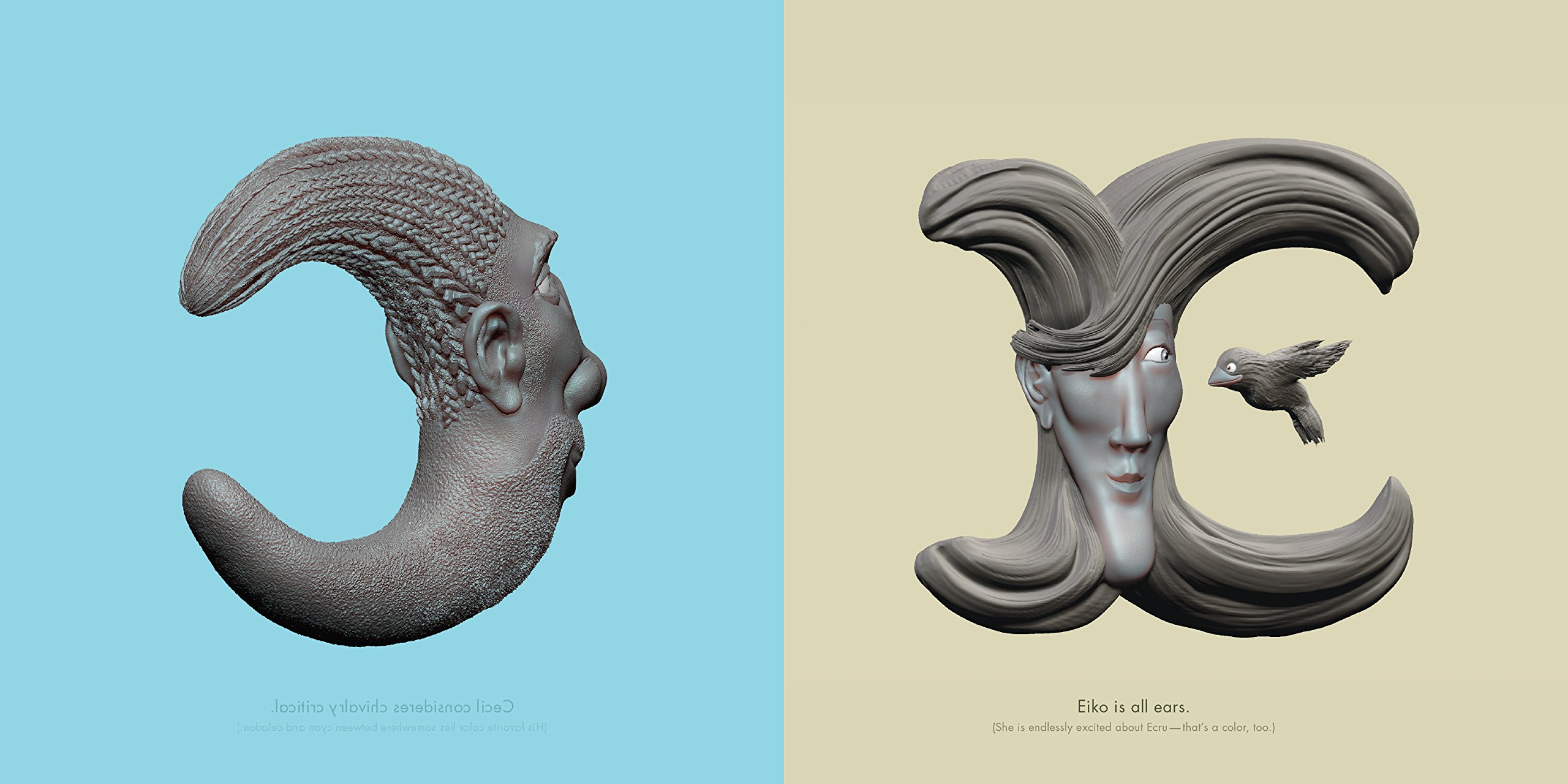
An explosion of independent publishing in the 1960s and ’70s took advantage of new, accessible technology to spread countercultural messages around the world.
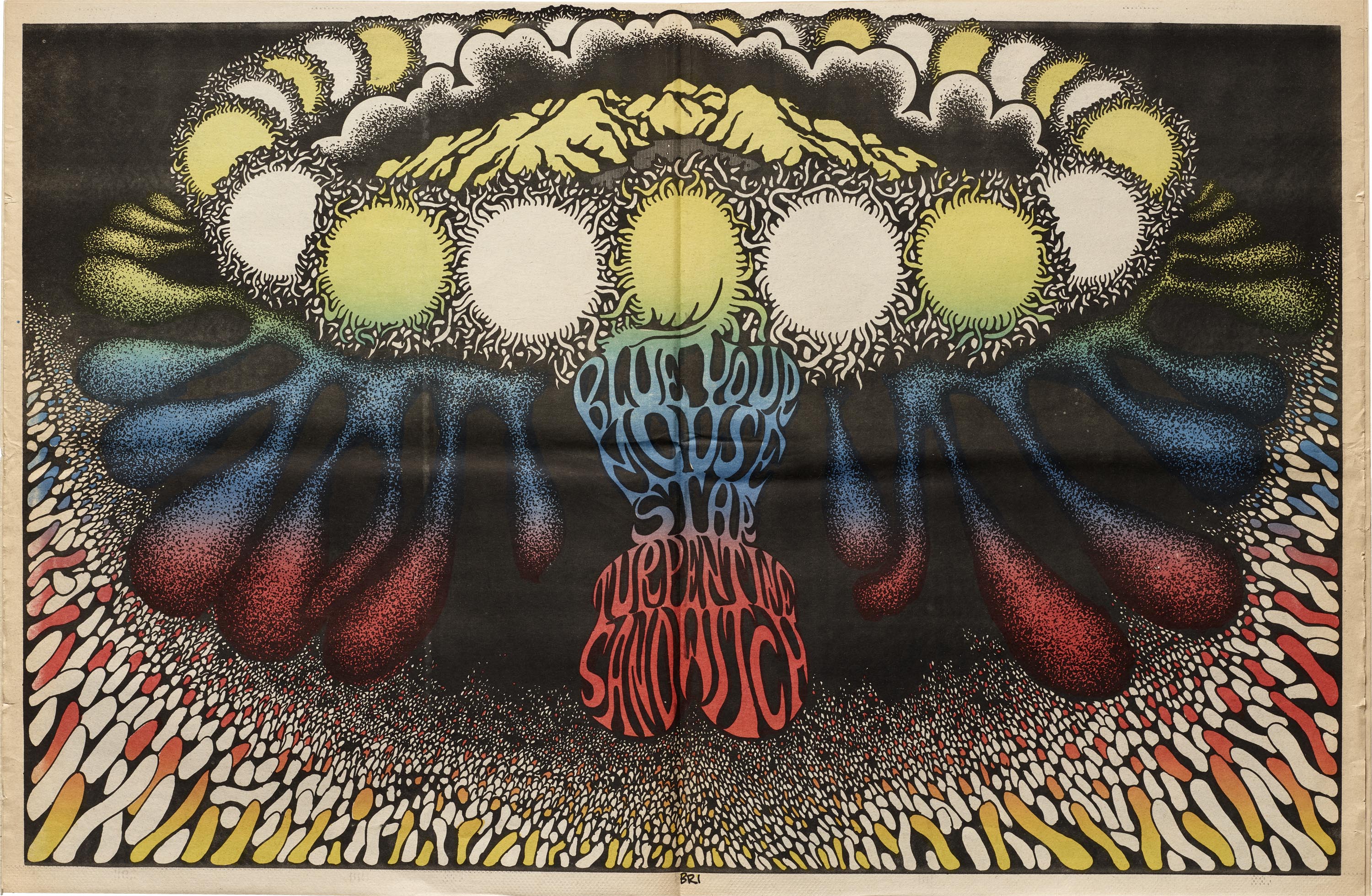
Our growing collection of posters by the avant-garde Japanese designer are portals to universes never before imagined.
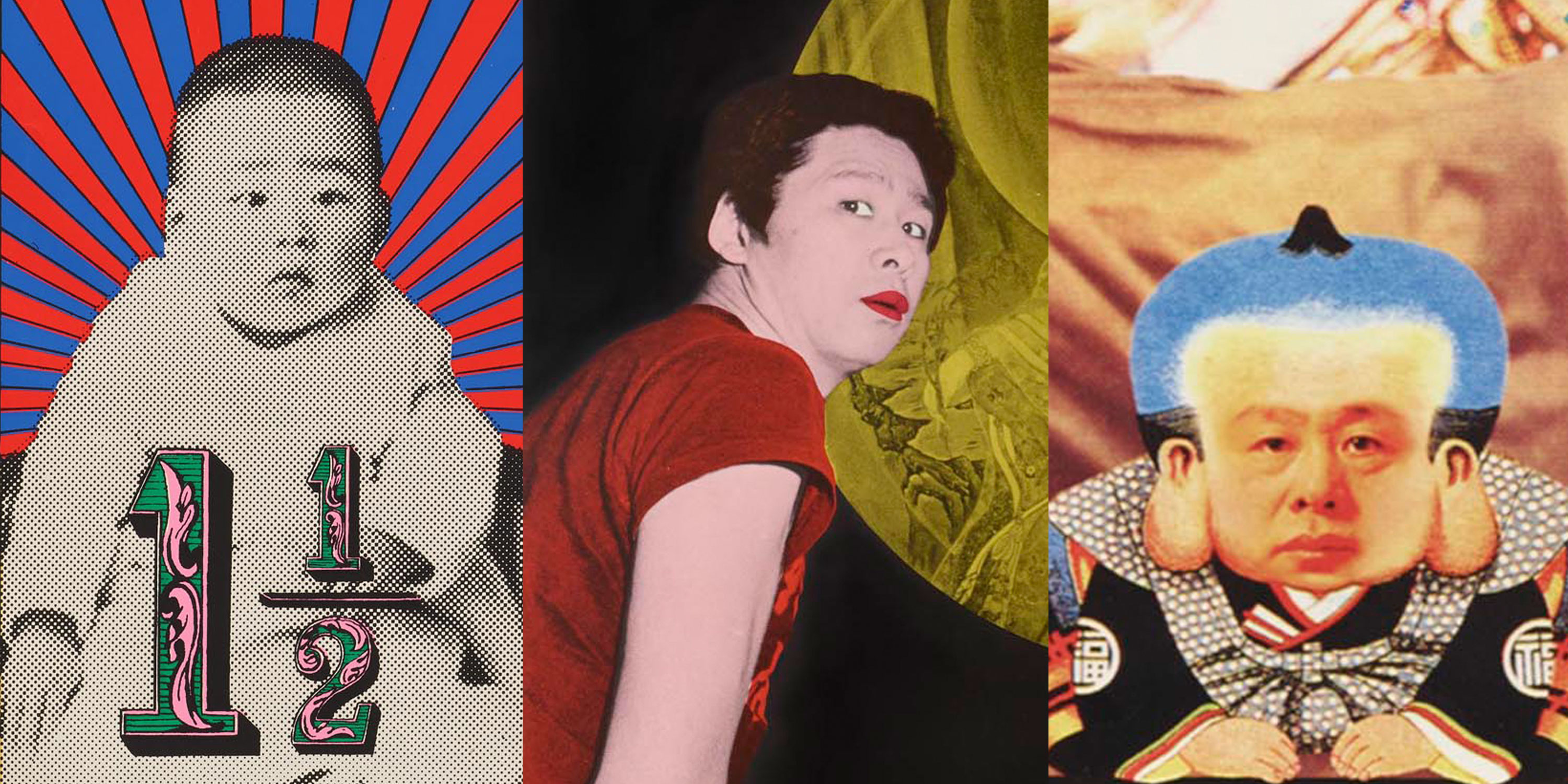
Post-war Japan was a catalyzing backdrop that shaped a generation of artists and designers, including the renowned Tadanori Yokoo (横尾 忠則). Over the span of two decades, the Emperor’s divinity had been absolved, the nation was demilitarized, and US military troops had occupied cities. In 1960, at the age of 24, Yokoo traveled 300 miles from Kobe to Tokyo, to the epicenter of this cultural whirlwind. Tokyo, now home to a rapidly increasing population of over 10 million, was preparing to host the 1964 Summer Olympics while reckoning with violent student protests and riots. There, Yokoo’s practice took root and would earn him a reputation for bridging high and low, pre- and post-modern, and Eastern and Western cultures, and challenging conventions by charging posters with intense emotion. Trailblazing across multiple media, Yokoo responded to absurdities of signs and symbols, tensions between seemingly opposing worlds, and existential questions of the self to offer works that are humorous, chaotic, and deeply autobiographical.